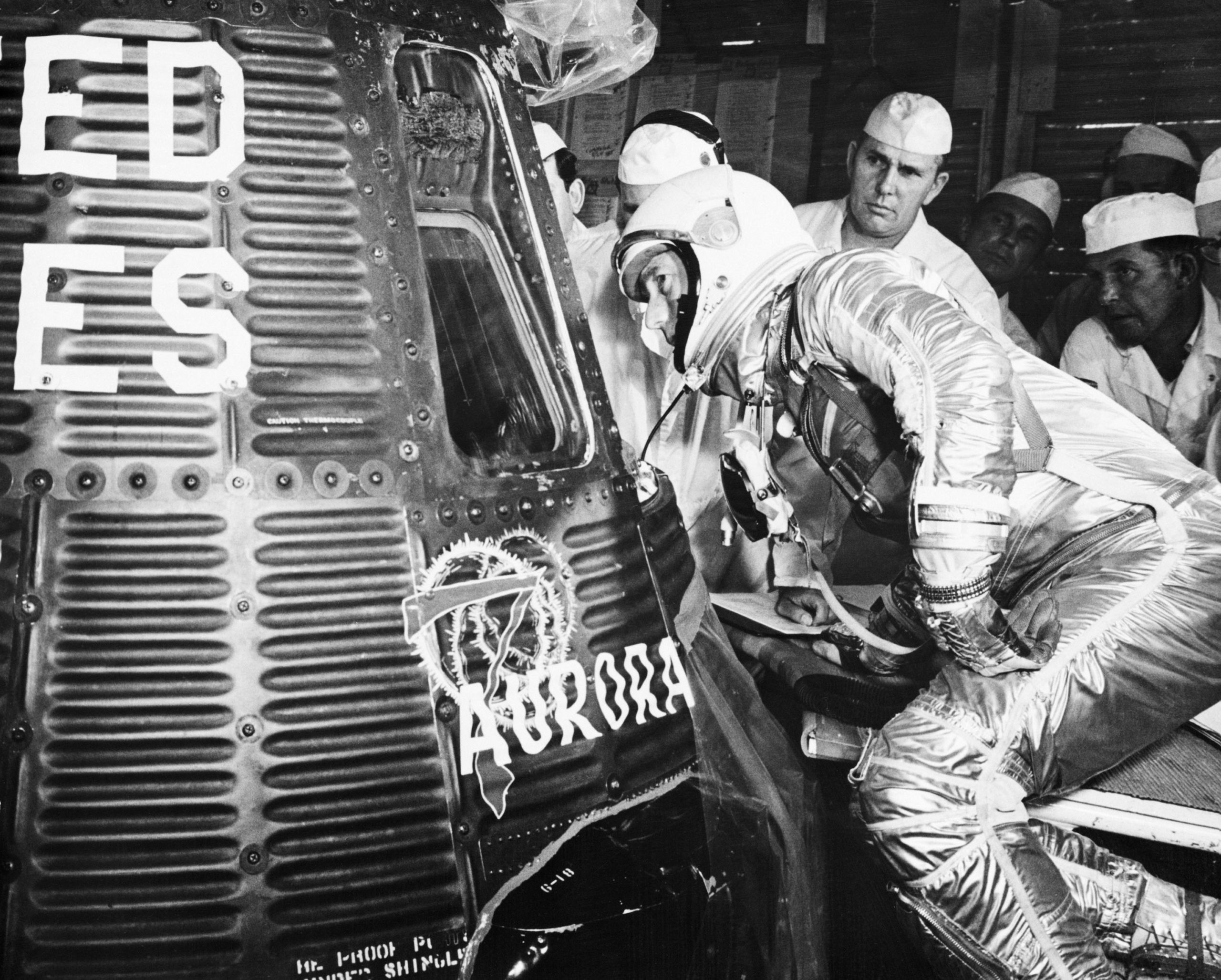
Sixty years ago, tomorrow, America launched its second man into orbit. That man should have been Donald “Deke” Slayton, but a heart murmur left him grounded, not in favor of his backup, Wally Schirra, but in favor of John Glenn’s backup, Scott Carpenter.
The theory was that the second orbital voyage would essentially repeat Glenn’s accomplishment—five hours in space and three laps of the globe—and it made sense to fly Carpenter and keep Schirra back for another mission. Schirra learned of the change in assignment during an impromptu gathering at the Carpenters’ home, and what should have been the most exhilarating moment of Scott Carpenter’s life turned into an ordeal.
Slayton was angry at having lost his mission and Schirra was indignant at having been skipped in the pecking order, to such an extent that Carpenter felt he was spending more time apologizing than training. One evening, Carpenter told his wife, Rene: “Damn it! I’m tired of apologizing. This is my flight now!” The flight would prove highly successful in many ways, yet highly controversial in others, and, it is said, would deny Carpenter the chance of ever flying into space again.
Wally Schirra felt no bitterness toward Carpenter, but in his memoir, Schirra’s Space, he acknowledged that “the system was rotten”. When he was named as pilot of the seventh Mercury-Atlas mission (MA-7) in March 1962, Carpenter decided on the name “Aurora 7” for his craft.
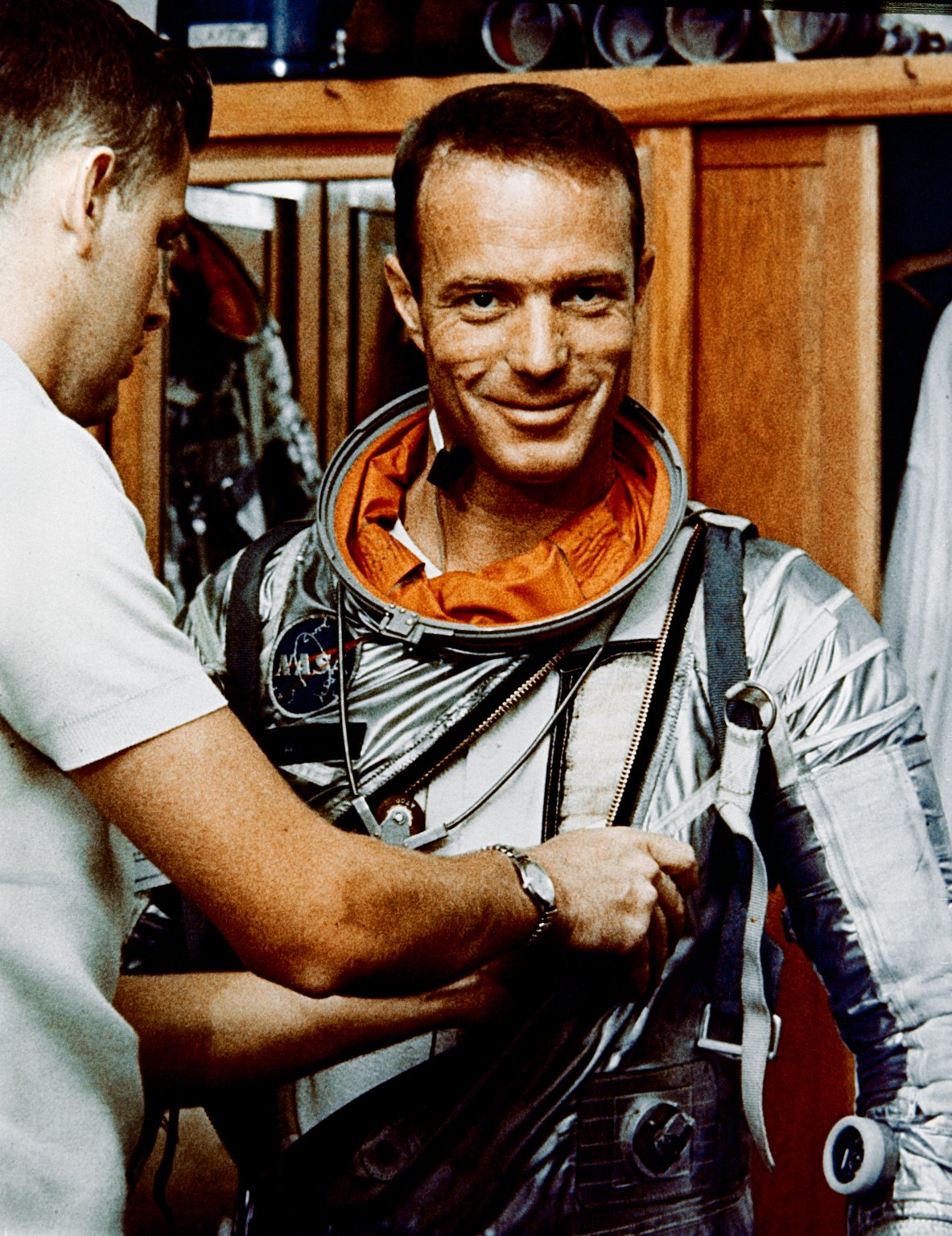
“I think of Project Mercury and the open manner in which we are conducting it for the benefit of all as a light in the sky,” he wrote later. “Aurora also means “dawn” and, in this case, the dawn of a new age. The Seven, of course, stands for the original seven astronauts.” By now, the suffix had become commonplace and, coincidentally, “Aurora” also happened to be the name of one of two streets bordering Carpenter’s boyhood home in Boulder, Colo.
Owing to the experimental nature of Friendship 7, the next mission would encompass more engineering tasks and scientific activities, including observations, photography and extensive maneuvers. From March 1962, Carpenter found that the scientific demands were his to handle. They included combined yaw-roll maneuvers to study orbital sunrises, use of terrestrial landmarks and stars for navigational reference and flying in an inverted attitude to determine the effect of “Earth-up/sky-down” orientation on the pilot’s abilities.
Delayed from 19 May 1962, the launch was rescheduled for the 24th. Carpenter was awakened at 1:15 a.m. EDT and proceeded through a well-trodden pre-flight ritual: breakfast, a medical examination, then suiting-up.
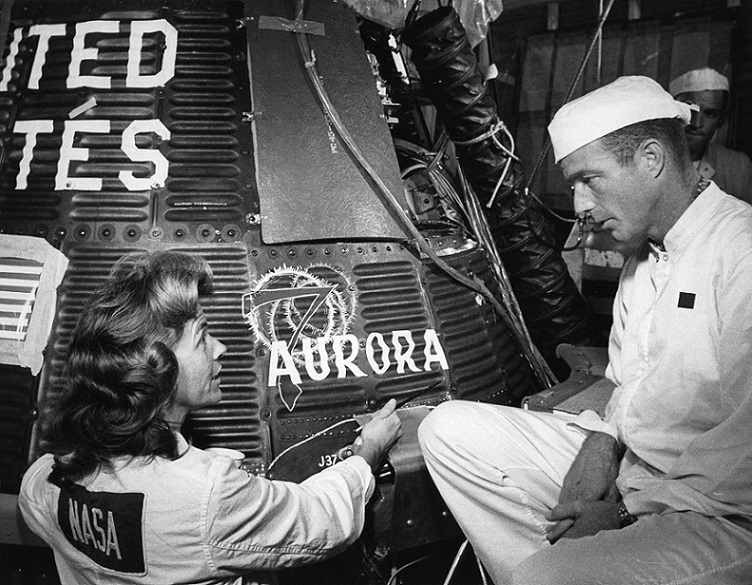
He was aboard Aurora 7 by 5:00 a.m., to enjoy one of the smoothest countdowns yet experienced in Project Mercury, with only persistent ground fog and cloud and camera-coverage issues complicating matters. During a 45-minute delay past the original 7:00 a.m. launch time, Carpenter sipped cold tea from a squeeze bottle and chatted to his family over the radio.
Sixteen seconds after 7:45 a.m., the Atlas rocket’s engines ignited, witnessed in person and on television by an estimated 40 million U.S. viewers. Carpenter would later describe “surprisingly little vibration”, although the engines “made a big racket” and the swaying of the rocket during ascent was noticeable. In his memoir For Spacious Skies, he expressed surprise, after so many years of flying aircraft and “leveling-out” after an initial climb, to see the capsule’s altimeter climbing continuously as the Atlas shot straight up.
Already, however, the first glitches of what would become a troubled mission were rearing their heads. Aurora 7’s pitch horizon scanner—meant to monitor the horizon and maintain the pitch attitude of the spacecraft—immediately began feeding incorrect data into the automatic control system.
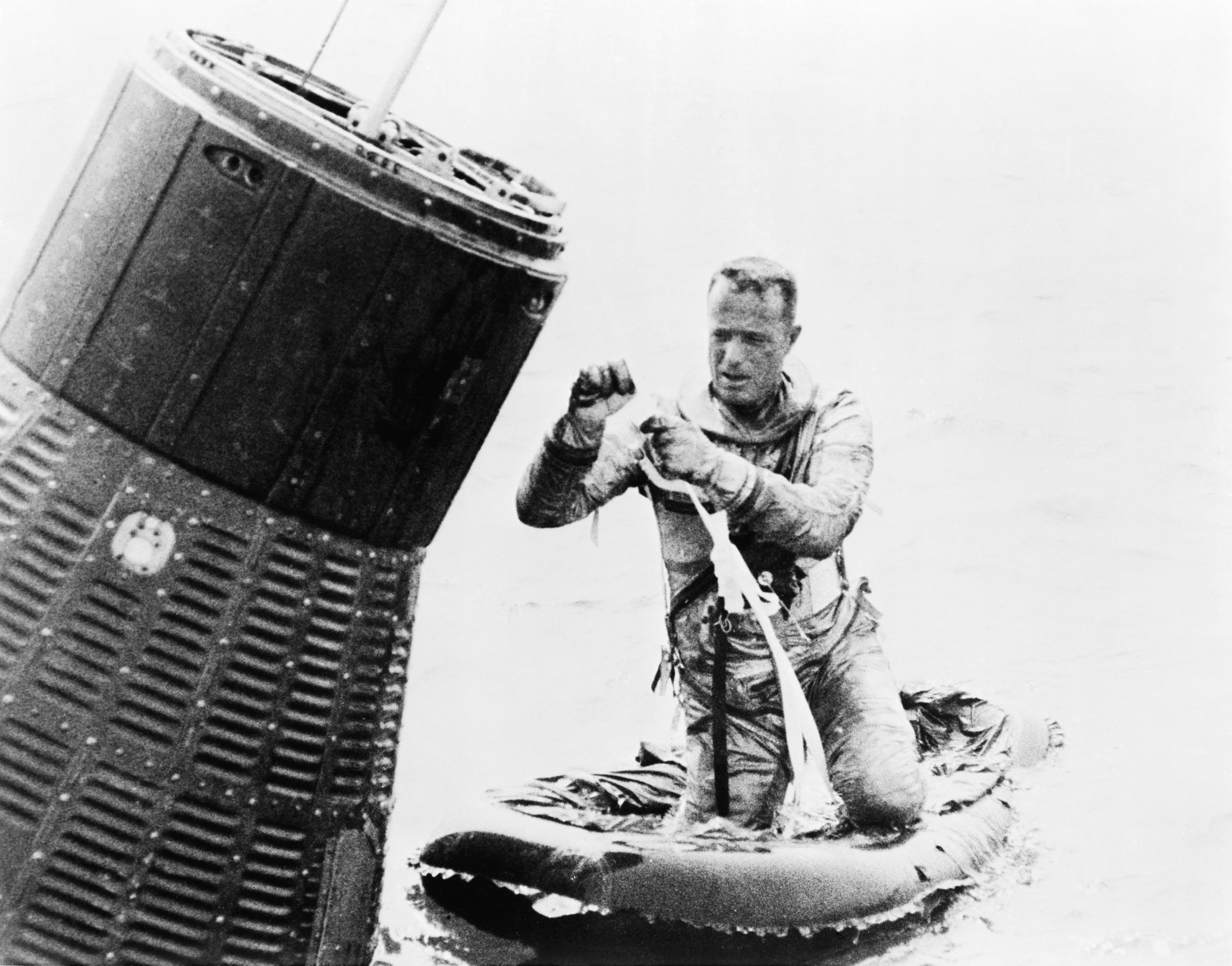
When this “wrong” information was analyzed by the autopilot, it responded, as designed, by firing the pitch thruster to correct a perceived error; thereby wasting precious fuel. Forty seconds after the separation of the escape tower, the scanner was 18 degrees in error. It had reached 20 degrees in error by the time Carpenter achieved orbit. As the flight wore on, the error persisted and produced “near-calamitous effects”.
For now, the euphoria of being in space overtook the astronaut. “I am weightless,” he cried. Deciding not to rely on the automatic controls, Carpenter’s use of fly-by-wire smartly turned the capsule around at a fuel expense of just 1.6 pounds (725 grams), as compared to 5 pounds (2.3 kg) on Friendship 7. Five and a half minutes into the mission, Carpenter received notification that his orbit was good enough for up to seven orbits.
He quickly got to work. “With the completion of the turnaround maneuver,” he wrote, “I pitched the capsule nose down, 34 degrees, to retro attitude, and reported what to me was an astounding sight. I had the Moon in the center of my window, a spent booster tumbling slowly away and looming beneath me the African continent.”
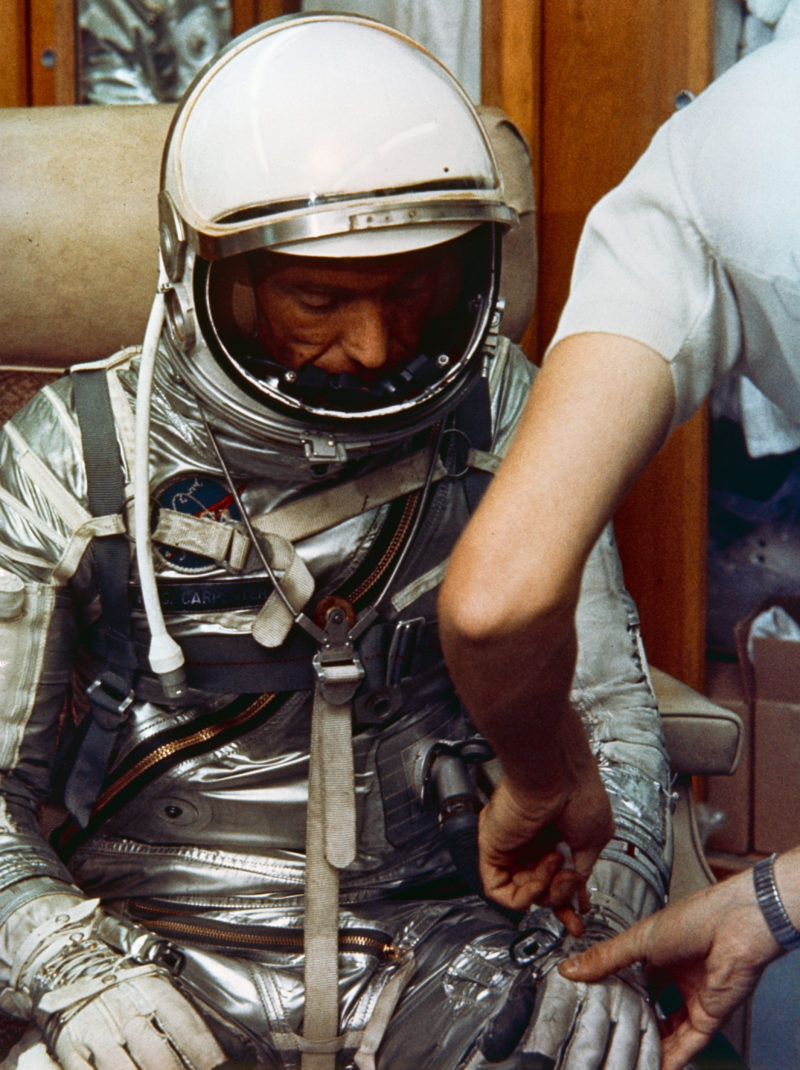
He pulled out his flight plan index cards and Velcroed them into place. These would provide him with timing cues for communication with ground stations, when and for how long to use control systems, when to begin and end maneuvers, what observations to make and when to perform experiments. Minute-by-minute, they mapped out his flight.
Then, 16 minutes after launch, the astronaut noted that his spacecraft’s actual attitude was out of agreement with his instruments. “A thorough [automatic stabilization and control system] check, early in the flight, could have identified the [horizon pitch scanner] malfunction,” he wrote.
“Ground control could have insisted on it, when the first anomalous readings were reported. Such a check would have required anywhere from two to six minutes of intense and continuous attention on the part of the pilot. A simple enough matter, but a prodigious block of time in a science flight, and in fact the very reason [such] checks weren’t included in the flight plan.” Not until his second orbit did Carpenter again report problems with the capsule’s autopilot.
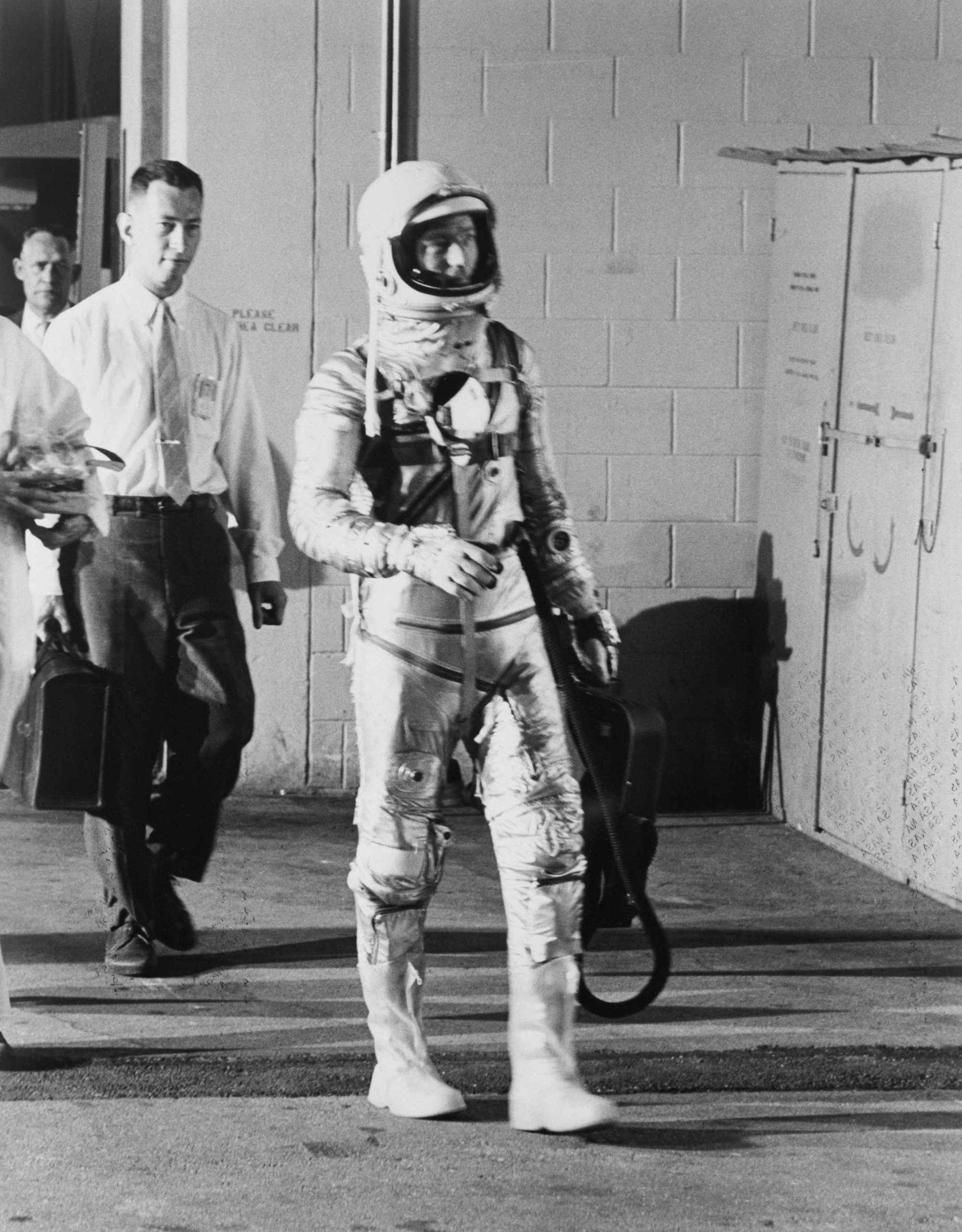
Another aspect of the mission about which no joy was forthcoming was a multi-colored balloon, released 100 minutes after launch. For a few seconds, the expected “confetti spray” signaled a successful deployment, but it soon became clear that the balloon had not inflated properly. Due to a ruptured seam in its skin, it deployed to about a third of its expected diameter and only two of its five colors—Day-Glo orange and dull aluminum—were visible.
Two small, ear-like appendages, described as “sausages”, emerged on the edges of the partially inflated sphere. Its movement was erratic and, although Carpenter succeeded in acquiring a few measurements, the tether quickly wrapped itself around Aurora 7’s nose. Consequently, the aerodynamic data was of limited use. Carpenter attempted to release the balloon, but it remained close to the spacecraft. There it stayed until retrofire and eventually burned up during re-entry.
By this time, Mission Control was keeping a close eye on Aurora 7’s fuel usage, which, at two hours into the flight, had reached the 69 percent capacity for its manual and automatic supplies. As Carpenter passed over Nigeria early in his second orbital pass, the manual supply had dropped still further to just 51 percent.
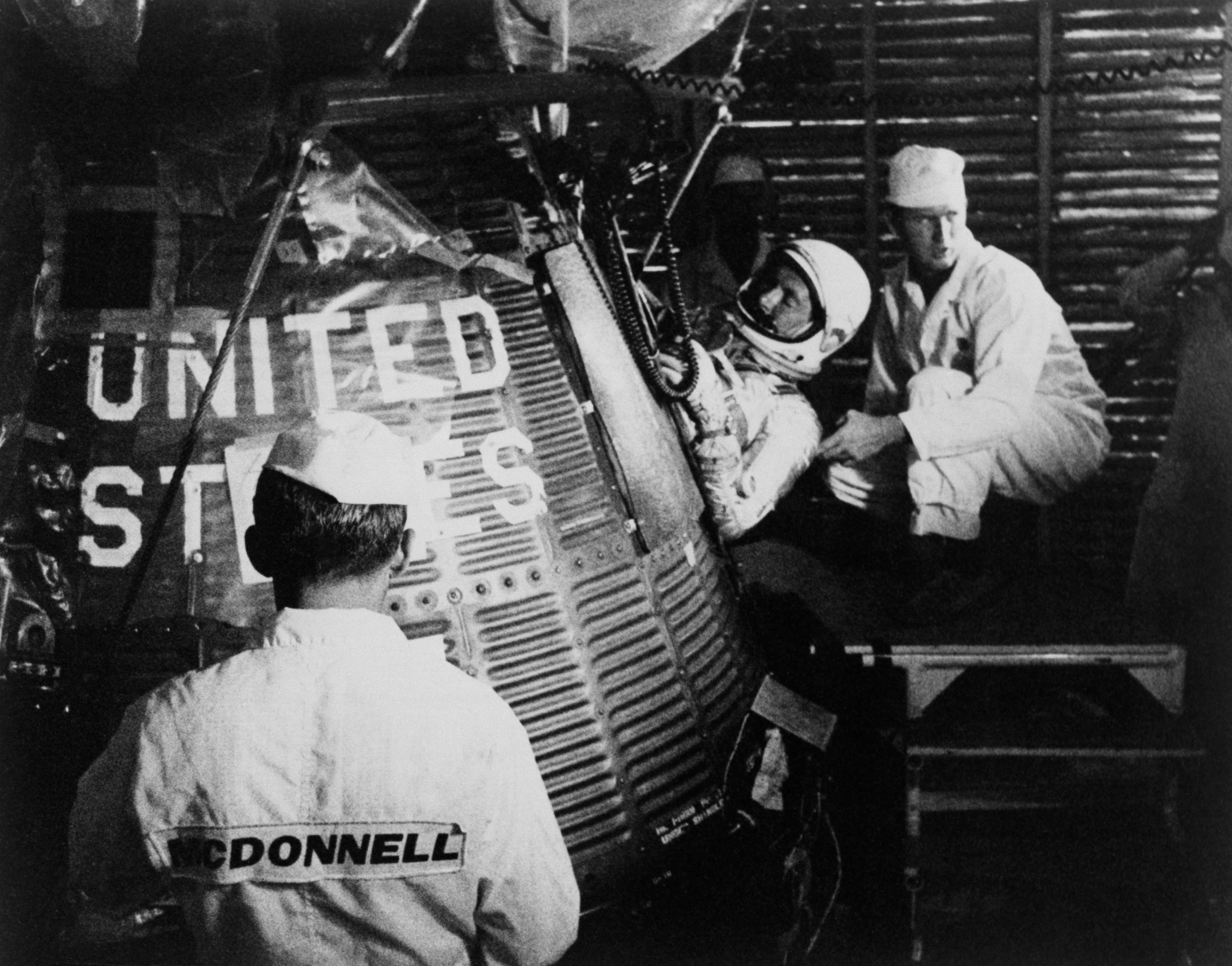
He felt he had expended additional fuel trying to orient the spacecraft and blamed “conflicting requirements of the flight plan”. During each fly-by-wire maneuver, very slight movements of the control stick would activate the small thrusters, whereas bigger movements would initiate larger thrusters.
For every flick of his wrist, Carpenter could activate the larger thrusters and would then have to correct them, thus wasting valuable fuel. “The design problem with the three-axis control stick,” he wrote later, “meant the pilot had no way of disabling, or locking-out, these high-power thrusters.” Subsequent Mercury flights had an on-off switch for just that purpose.
The still-unknown glitch with the horizon pitch scanner remained. Two hours into the mission, Carpenter was informed that he should now be transitioning Aurora 7 from automatic to fly-by-wire control. The astronaut opposed this, preferring to remain in automatic mode, which was supposedly more thrifty with fuel consumption.
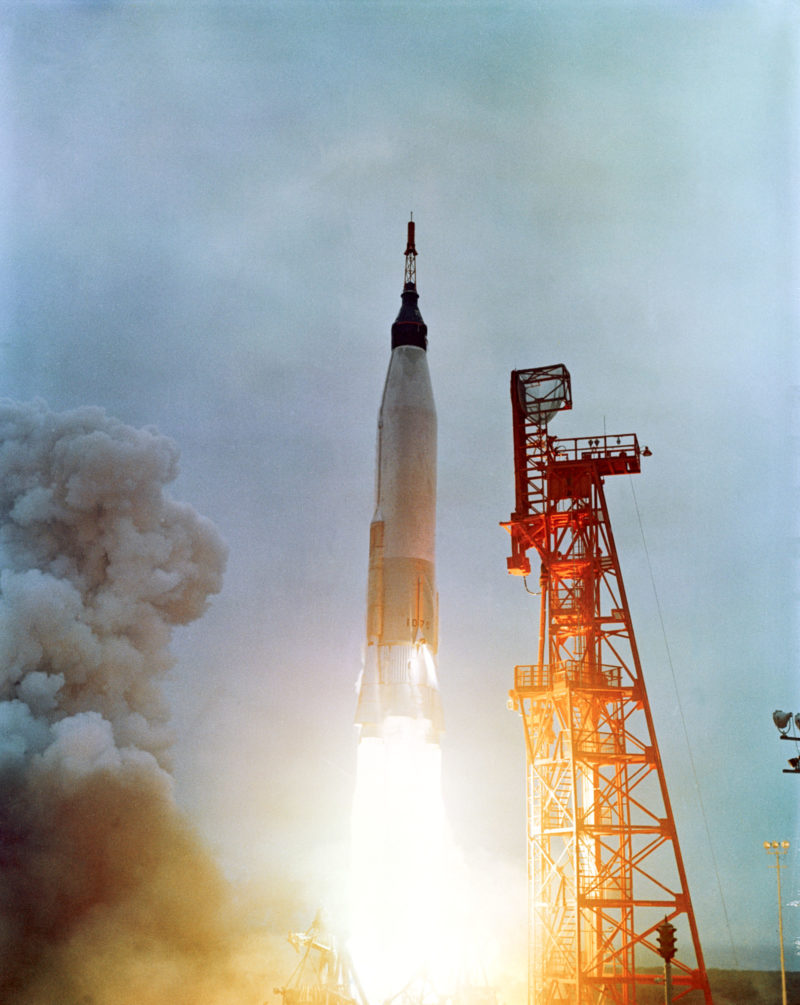
Unfortunately, this was not the case, because the malfunctioning pitch horizon scanner was feeding incorrect information into the autopilot, which, in turn, was consuming more fuel than it should. A few minutes later, Carpenter reported difficulties with the automatic control mode and switched to fly-by-wire to diagnose the problem.
Although a malfunctioning automated navigation system was tolerable, it was essential for retrofire to ensure that the spacecraft was properly aligned, along the pitch and yaw axes, to commence its fiery descent through the atmosphere. “Pitch attitude…must be 34 degrees, nose-down,” wrote Carpenter. “Yaw, the left-right attitude, must be steady at zero degrees, or pointing directly back along flight path. The [autopilot] performs this maneuver automatically, and better than any pilot, when the on-board navigational instruments are working properly.”
Sadly, on Aurora 7, they were not. Carpenter could align his capsule manually, but with difficulty: by either pointing the nose in a direction that he thought was a zero-degree yaw angle, then watching the terrain pass beneath him or use a certain geographical feature or cloud pattern for reference. However, this was nearly impossible over featureless terrain or stretches of ocean.
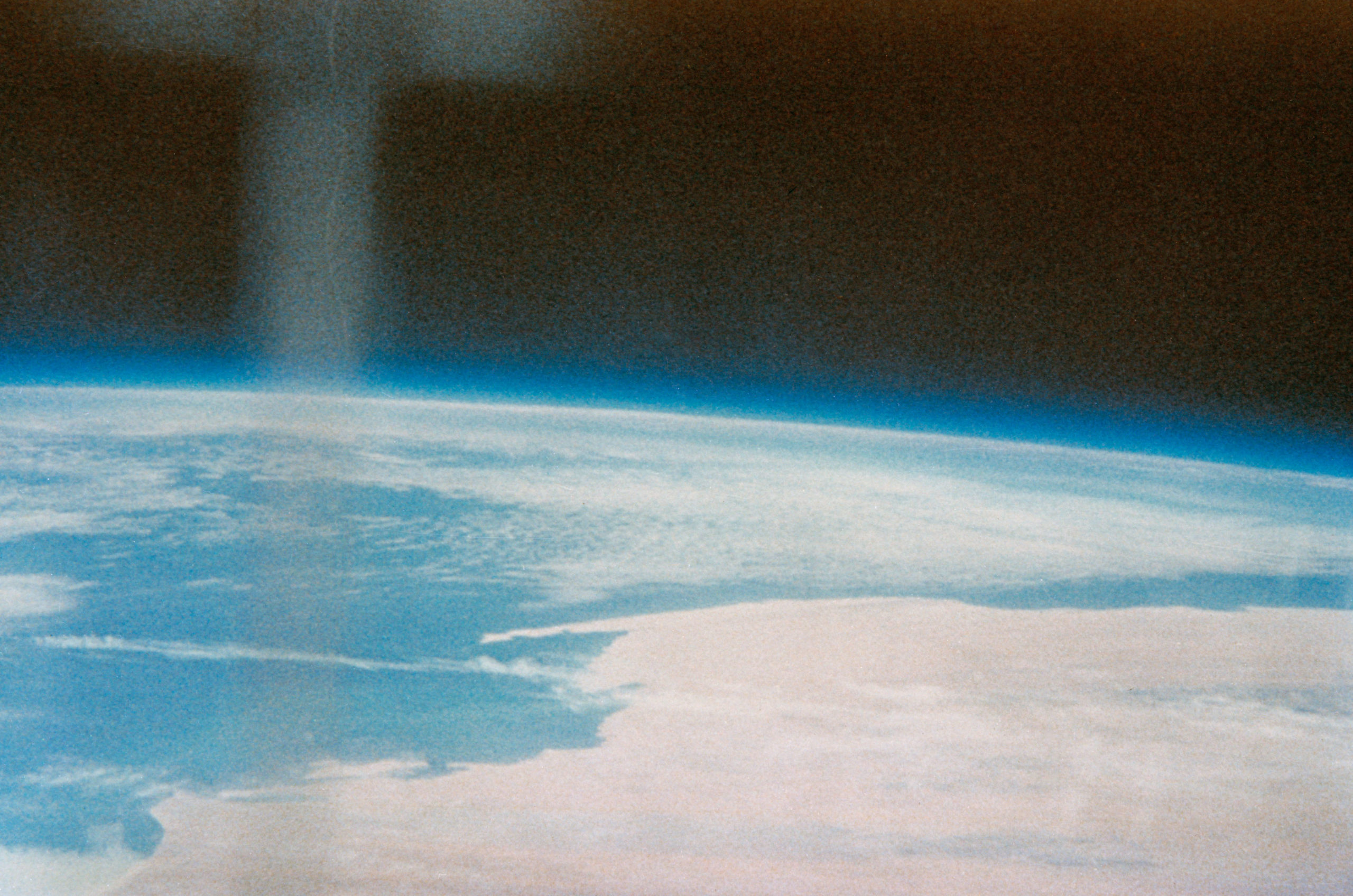
Carpenter had other worries. His cabin and pressure suit temperatures were climbing to uncomfortable levels; the former, in fact, peaked at 42 degrees Celsius (107.6 degrees Fahrenheit) and the latter rose to 23.3 degrees Celsius (73.9 degrees Fahrenheit) and a “miserable” 71 degrees of humidity. A query from the ground as to whether the astronaut felt comfortable was greeted with a non-committal “I don’t know.”
After the flight, the high cabin temperatures were attributed to the difficulty of achieving high air-flow rates and good circulation, as well the vulnerability of the spacecraft’s heat exchanger to freezing blockage when high rates of water flow were used.
Despite the fuel usage problems, Flight Director Chris Kraft commented in his post-flight report that, so far, Aurora 7 had run smoothly. He felt that sufficient fuel remained to achieve the proper retrofire attitude, hold it, and successfully re-enter the atmosphere with either the automatic or manual controls. It was from this period onward that the mission’s fortunes would change markedly and so too, it is said, would many attitudes toward the performance of Scott Carpenter himself.
The second part of this story will appear tomorrow.




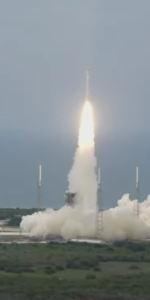
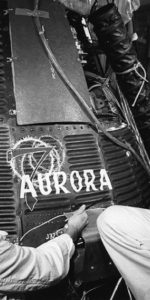
One Comment
One Ping
Pingback:“Pretty Good Oscillations”: Remembering Aurora 7, 60 Years On (Part 2) - AmericaSpace